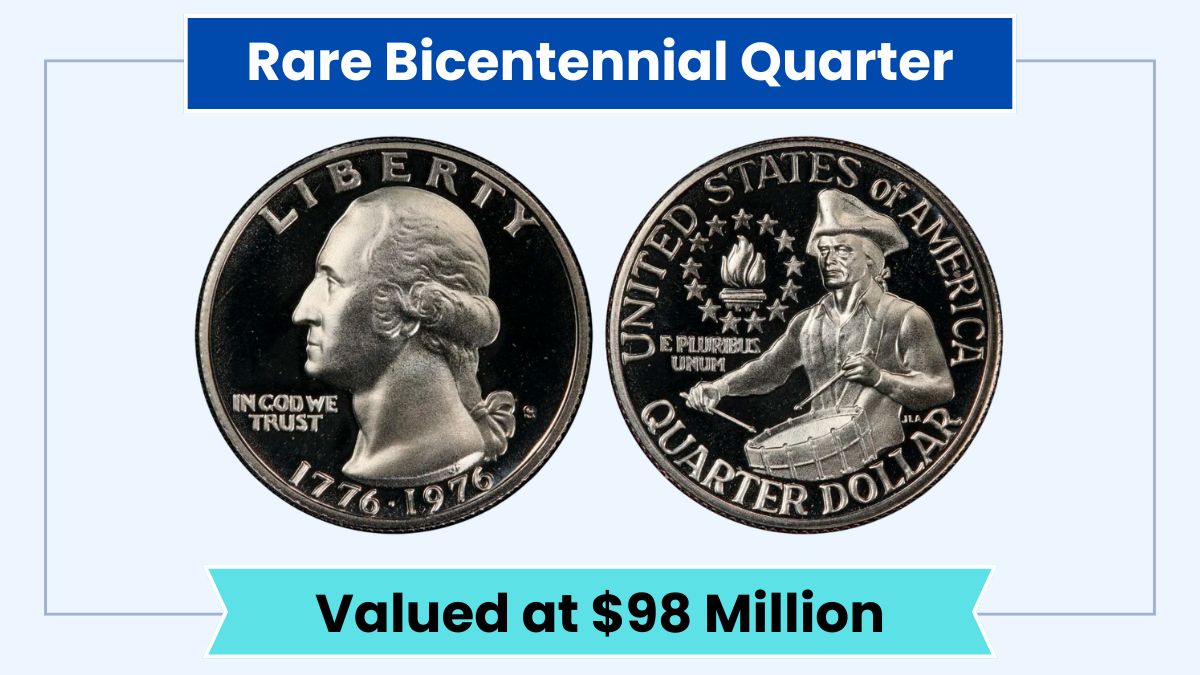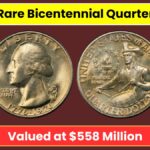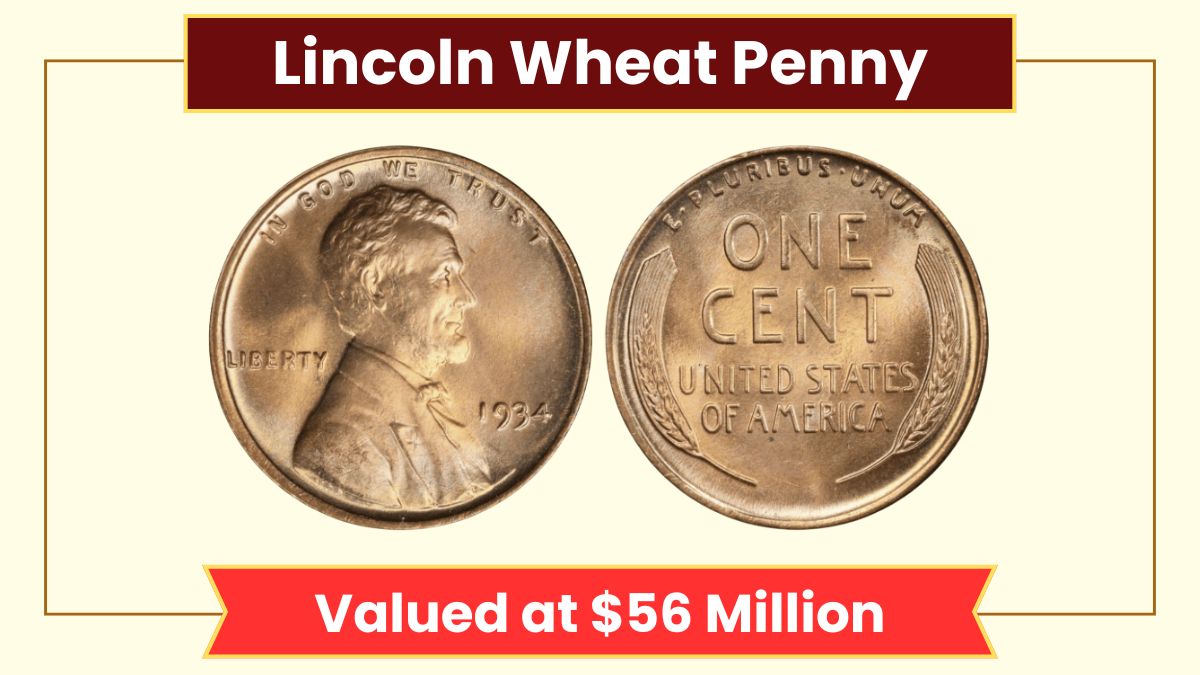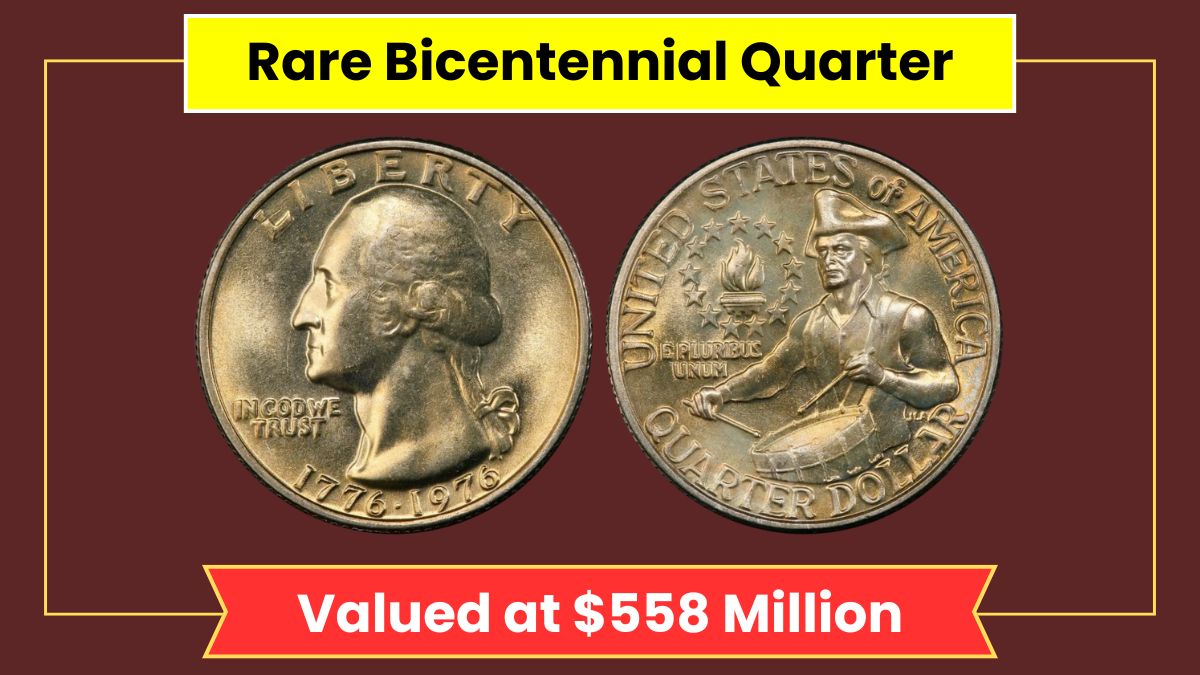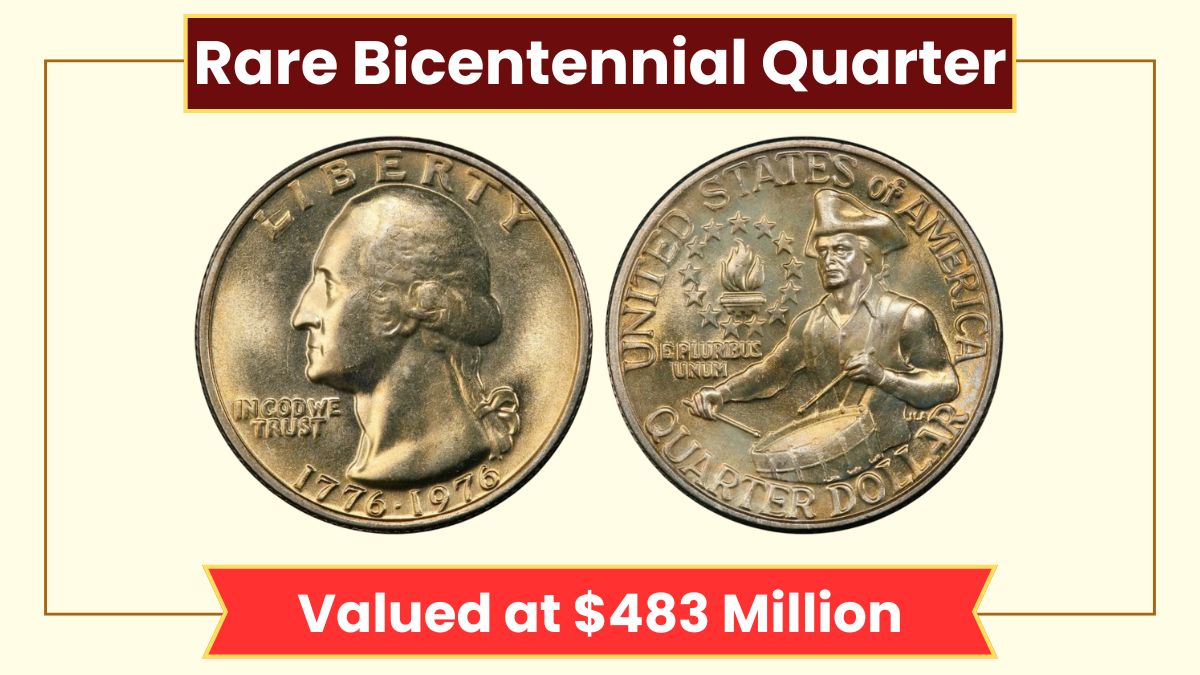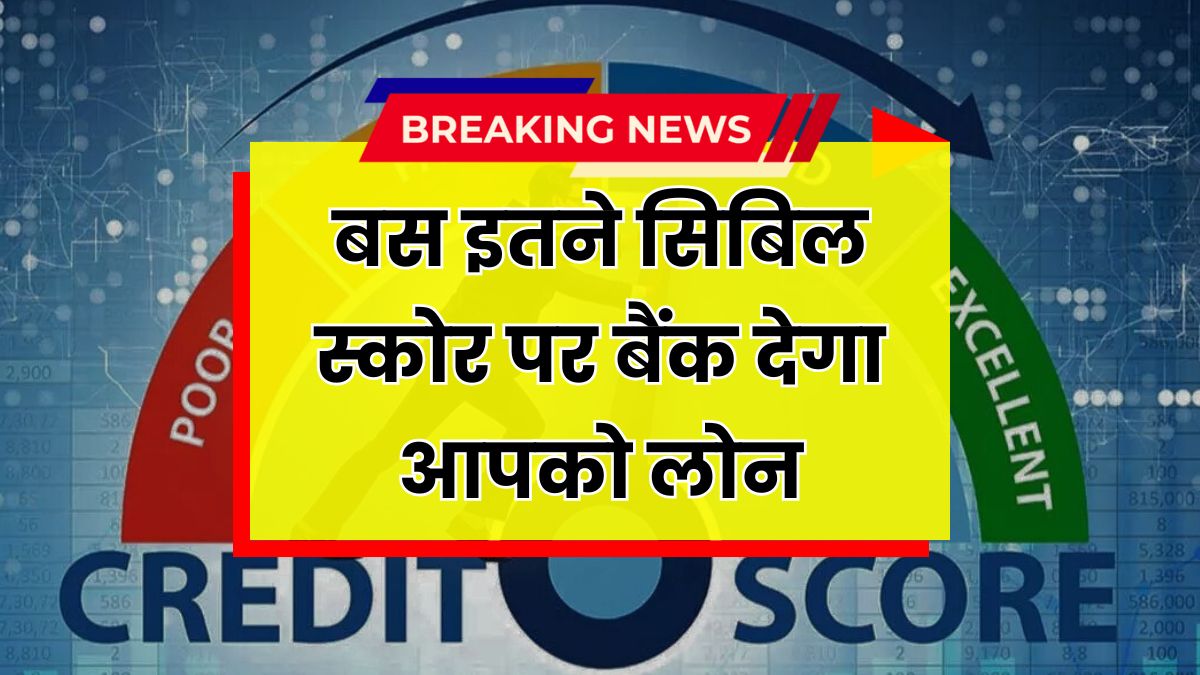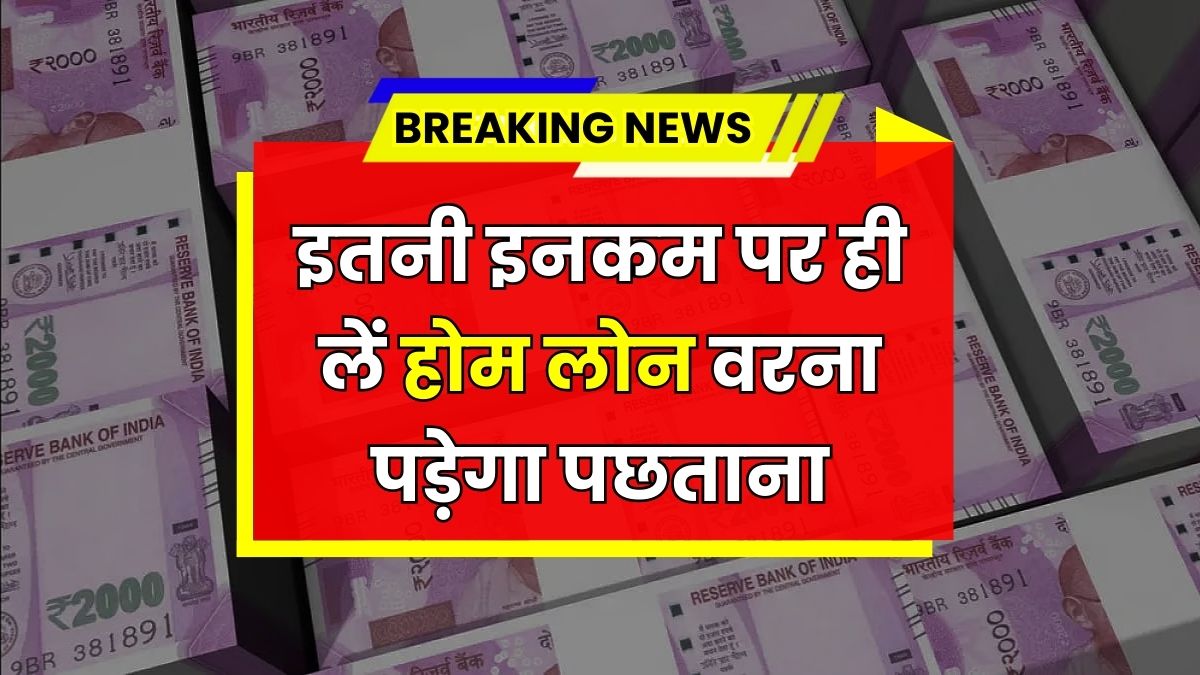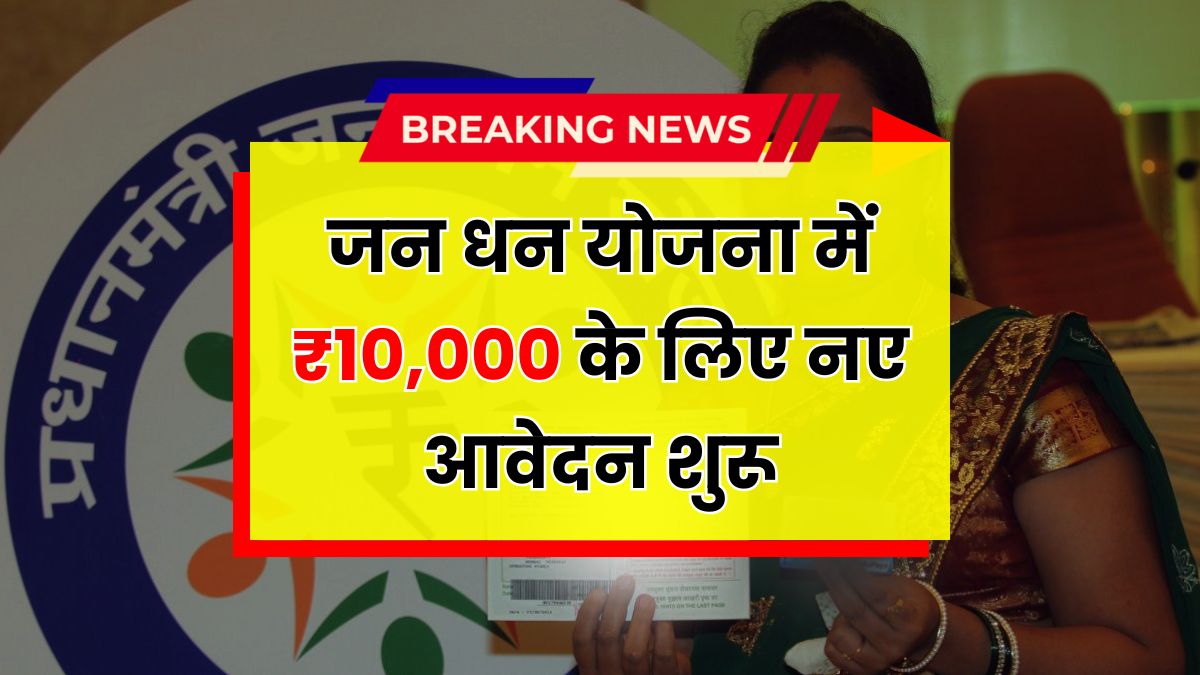It may sound impossible, but a growing internet rumor claims that a rare Bicentennial Quarter is valued at a mind-blowing $672 million. While this number grabs attention, it also raises a big question—can a simple 1976 quarter really be worth that much? And if so, is it possible that it’s still out there in everyday circulation, waiting to be discovered?
What Is the Bicentennial Quarter?
In 1976, the United States celebrated its 200th year of independence. To honor the occasion, the U.S. Mint released special versions of the quarter, half dollar, and dollar coins. The Bicentennial Quarter is unique for two main reasons:
- It displays a double date: “1776–1976.”
- It features a Colonial drummer boy design on the back instead of the usual eagle.
Millions of these coins were produced for circulation, which means most of them are still only worth 25 cents. But a few rare versions have collectors talking—and dreaming—about life-changing values.
Why $672 Million? What Makes a Coin That Valuable?
Let’s be clear: no Bicentennial Quarter has ever sold for $672 million. This figure likely comes from internet hype or speculation, but it’s based on some real facts. Coins can become extremely valuable due to a combination of the following factors:
- Rare Minting Errors – Coins with mistakes like double strikes, off-center prints, or struck on the wrong metal can be worth a fortune.
- Silver Composition – Some Bicentennial Quarters were made with 40% silver for collector sets. These are far more valuable than regular ones.
- Perfect Condition – A coin graded MS-70 (perfect mint state) is much more valuable than a circulated coin.
- One-of-a-Kind Factor – A coin that’s truly unique or has an undocumented minting feature could fetch record-breaking prices in private sales or auctions.
While $672 million is likely exaggerated, it reflects the idea that a one-of-a-kind Bicentennial Quarter in flawless condition with an unheard-of mint error could theoretically command an enormous price from the right buyer.
Could It Still Be in Circulation?
Yes, and that’s what makes this story so exciting. While most rare coins are eventually removed from circulation and placed in collections, it’s possible that a valuable Bicentennial Quarter has been overlooked, especially if it looks normal at a glance. These coins could still be:
- Sitting in piggy banks
- Hidden in old change jars
- Rolling through coin-counting machines
- Even given out as cashier change
How to Identify a Rare Bicentennial Quarter
Want to check your own coins? Here’s what to look for:
- Date: “1776–1976” on the front.
- Design: Drummer boy on the back.
- Edge: A solid silver edge may indicate a 40% silver version.
- Weight: Silver quarters weigh slightly more (~5.75g vs. ~5.67g).
- Mint Errors: Look for odd textures, doubling, or off-center images.
- Condition: The shinier and more scratch-free it is, the better.
If your quarter looks suspiciously unique or feels different, it’s worth having it professionally evaluated.
What to Do If You Think You Found One
- Do not clean it, as this can reduce its value.
- Store it in a protective holder or case.
- Have it reviewed by a certified coin grading service like PCGS or NGC.
- Research recent sales and speak with a reputable coin dealer or auction house before selling.
Conclusion: A Life-Changing Coin Could Be in Your Pocket
The claim of a $672 million Bicentennial Quarter might be internet legend—but it’s rooted in real excitement about rare, valuable coins that sometimes show up in everyday change. So, before you dismiss that old 1976 quarter in your wallet, take a closer look. You might be holding a piece of American history… and maybe even a hidden treasure.
Disclaimer: The value of coins mentioned in this article is based on market trends and collector interest, and is not guaranteed. Always consult a professional appraiser for accurate valuation.
